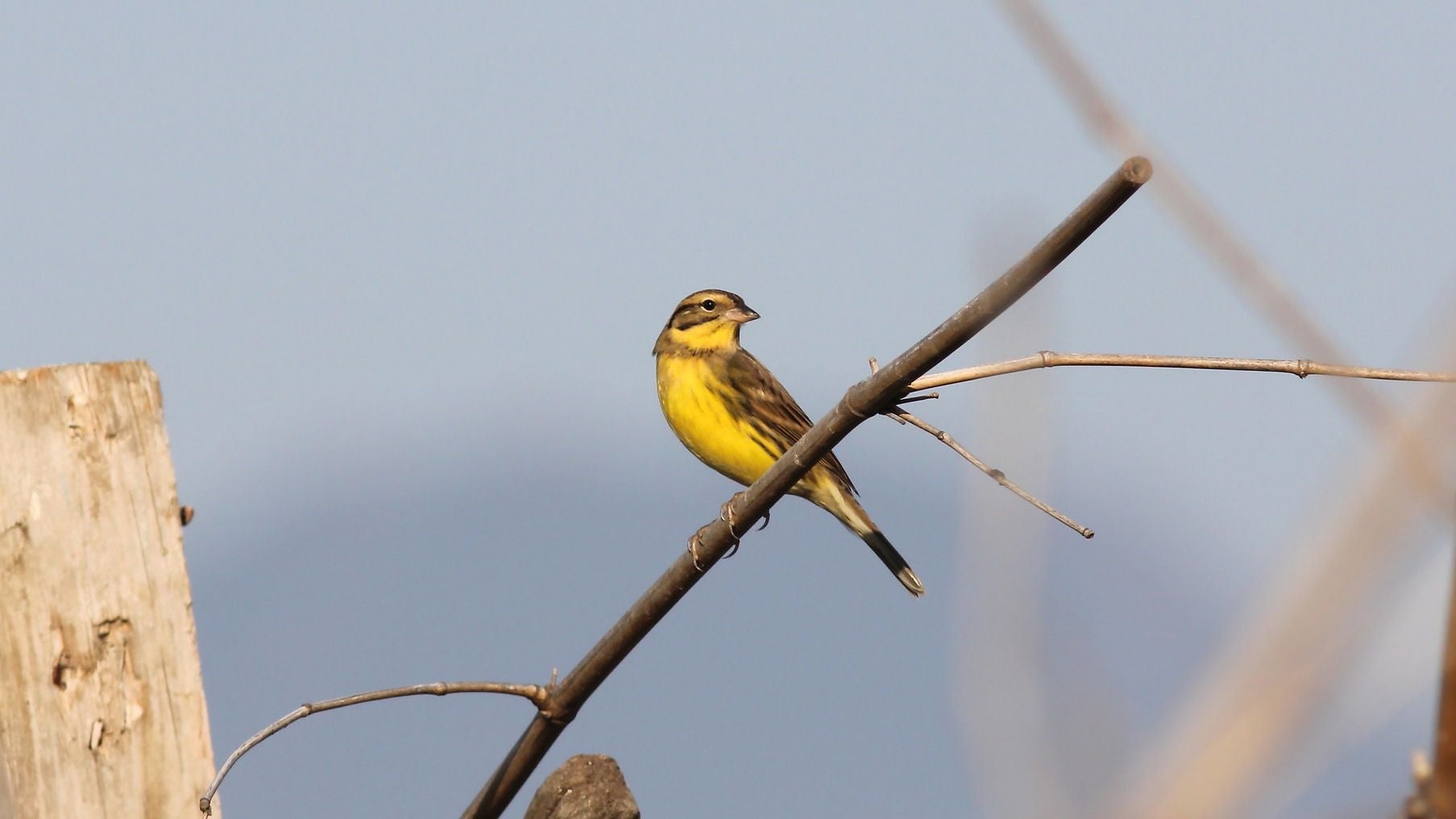The Chinese are eating yellow-breasted buntings into extinction
The yellow-breasted bunting, once among the most abundant birds in Europe and Asia, is nearing extinction. Unfortunately for the bird, it’s a popular delicacy among diners in southern China.


The yellow-breasted bunting, once among the most abundant birds in Europe and Asia, is nearing extinction. Unfortunately for the bird, it’s a popular delicacy among diners in southern China.
Between 1980 and 2013 Emberiza aureola declined in population by up to 94.7%, according to a report published this week by the journal Conservation Biology. Its range, meanwhile, contracted by 5,000 km (3,100 miles).
The report noted that extinctions of super-abundant species with very large ranges are rare. But the Chinese appetite for the yellow-breasted bunting is strong. It was noted that the birds are traditionally caught in mist nets along their migratory path, despite food trade in the species being outlawed in China in 1997.
A November 2013 article in the South China Morning Post noted that sellers still offered the bird in certain markets and restaurants in the Guangdong province. To avoid a fine of up to 100,000 yuan ($16,100), sellers quietly dealt only with buyers speaking the local dialect. In Guangdong, especially, many believe that eating yellow-breasted buntings—or “rice birds”—can boost one’s sexual vitality and detoxify the body.
The study also linked the bird’s woes to growing prosperity in China:
We suggest that trapping strongly contributed to the decline because the consumption of yellow-breasted bunting and other songbirds has increased as a result of economic growth and prosperity in East Asia. The magnitude and speed of the decline is unprecedented among birds with a comparable range size, with the exception of the passenger pigeon (Ectopistes migratorius), which went extinct in 1914 due to industrial-scale hunting.
The bird is not the only species in danger from Chinese appetites. Other animals that could be saved if taken off of menus include pangolins, monitor lizards, and snub-nosed monkeys.
The case of shark fin soup might give some hope for such species. After government crackdowns and years of campaigning by animal rights groups, the soup is starting to go out of style among China’s youth. Traders in Guangzhou—again, mainland China’s main trading center for the fins—told WildAid in December 2013 that business had been shrinking.
But it remains to be seen whether yellow-breasted buntings can catch a similar break before it’s too late.
The photograph above was taken by Edmund Sham and shared under a Creative Commons license on Flickr. It has been cropped.